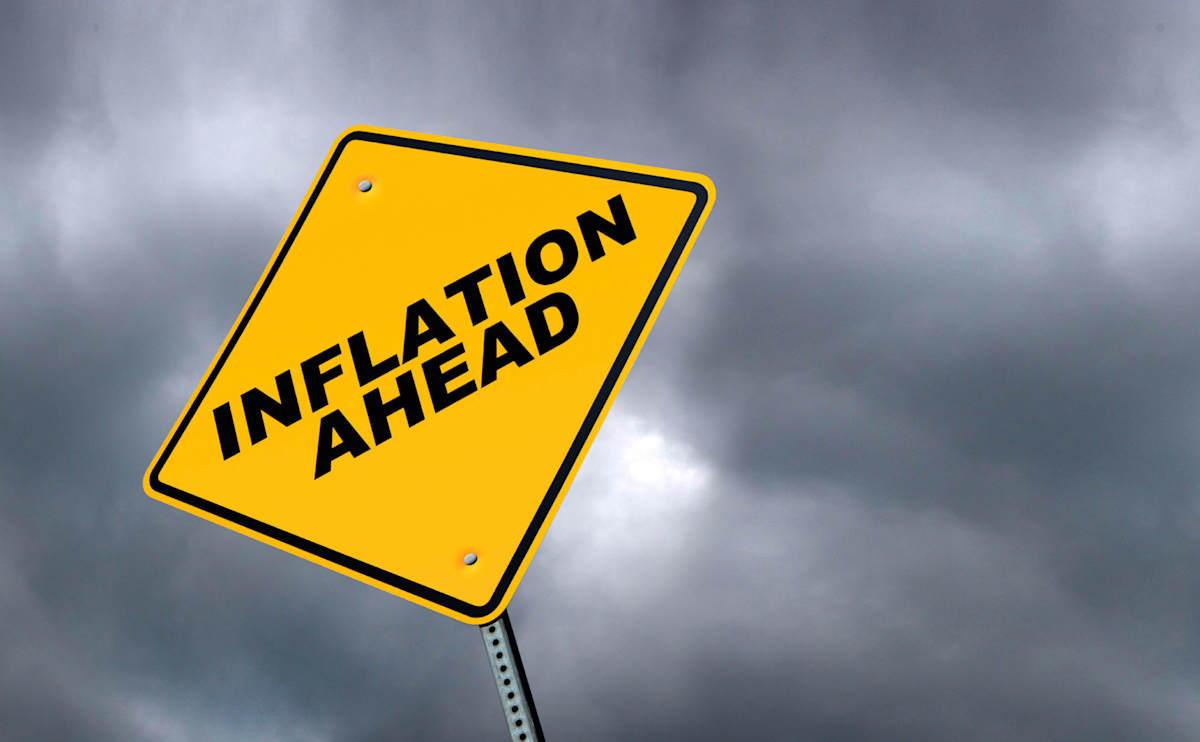As interest rates hit new lows, grumbles over the paltry income that bonds now offer grow louder. After all, at 2.25% the yield on the 10-year New Zealand government bond is hardly something you would write home about.
This has left investors yearning for the good old days, 10 years ago, when the same bond offered an almost 6% yield. But before we all get down in the dumps, this comparison lacks some important real world context.
By deciding to save or invest your money, you are simultaneously making a decision not to spend it. What can sometimes be overlooked is that there is a cost associated with not spending. That cost is the amount at which the price of the things you plan on buying in the future goes up before you buy; otherwise known as inflation.
It is no coincidence that the term given to subtracting the level of inflation away from an investment's return is called its 'real' yield. By adjusting for inflation we find that the real yield of the 10-year New Zealand government bond is in fact exactly the same today as it was back in those 'glory days'. In other words the purchasing power of a 2.25% return today is exactly the same as 6% was back in 2006.
Such a surprising outcome can be explained by the difference in the rate cost of goods and services were rising back then versus now. In 2006 inflation was running at a whopping 4% per annum. That same rate today is just 0.4%.
So next time you find yourself pining for the good old days of higher bond yields remember what counts isn't how much you earn but how much you keep (after inflation).
